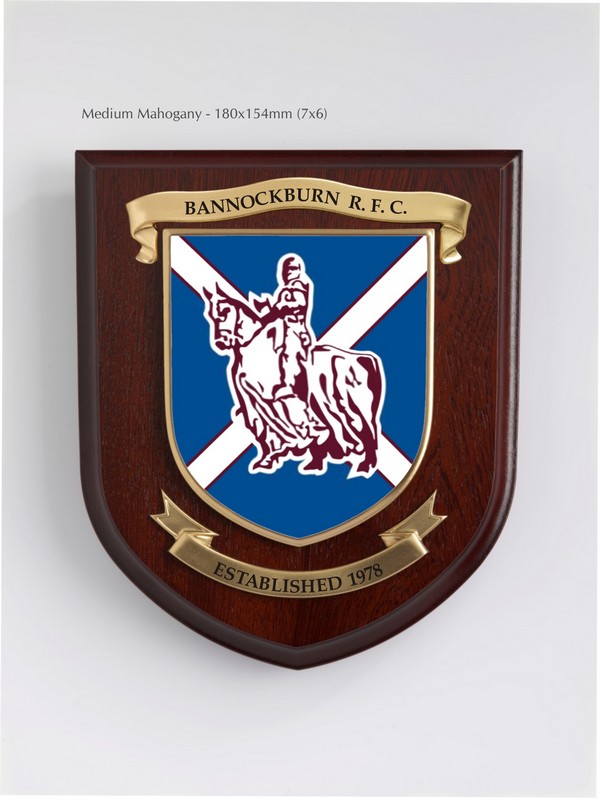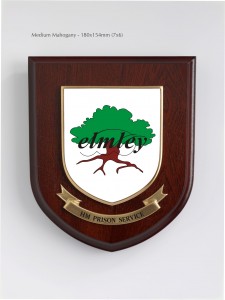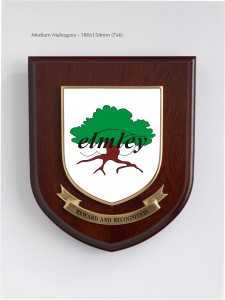
 The current rugby league world cup has provided us with some exciting matches and made me curious about the difference between rugby league and rugby union.
The current rugby league world cup has provided us with some exciting matches and made me curious about the difference between rugby league and rugby union.
Running with the ball in football became common in the1830s at Rugby School. It was known as “Rugby School football” and gained in popularity in the 1850s and 1860s. The rules were formalised at the formation of the Rugby Football Union (RFU) in 1871.
Rugby football became a popular sport and soon spread to Australia and New Zealand. Rugby was a “gentleman’s sport”, played by amateurs. In 1892 some Yorkshire clubs were accused of professionalism after it was discovered that they were paying compensation to players who were taking time off from paid employment to play rugby. This led to the proposal that players be paid up to six shillings when they missed work because of match commitments.
This proposal was voted down by the RFU, and resulted in some prominent Lancashire clubs declaring support for their Yorkshire colleagues in their proposal to form a professional Northern Union and the Northern Union (NU), was formed.
RFU authorities introduced sanctions against clubs, players and officials involved with Northern Union sides. At this time the two forms of rugby became known as “rugby league” and “rugby union”.
Initially the split was administrative only, but changes were gradually introduced into rugby league – the first being awarding a penalty for a deliberate knock-on. Gradually more changes were made, and by 1907 the following major changes had been implemented:
- Only 13 players per team in rugby league, as opposed to 15 in union – with the 2 flankers being removed
- The “play the ball” (heeling the ball back after a tackle) rather than a ruck
- The elimination of the line-out
- A slightly different scoring structure, with all goals only being worth 2 points
Rugby League evolved to include a number of tournaments and develop a strong following. The two codes of rugby have developed and flourished completely independently of one another, although there are players who have crossed over and achieved success in both.
In 1995 the IRB International Rugby Board, declared rugby union an “open” game, making it possible for players to be paid to play rugby.
Rugby Union is governed by the International Rugby Board (IRB) and Rugby League by the Rugby League International Federation (RIFL)
Rugby union is more complex, with more laws than rugby league, although Rugby league has been described as easier for spectators to understand. Most players who have played both types of rugby at top level agree that Rugby union is more complicated and rugby league much more simple in comparison”. Some have suggested that Rugby union requires more tactical skills, while rugby league expects a higher level of fitness
Traditionally, the two forms of rugby have had a perceived class split, with rugby union seen as more “middle class” and rugby league “working class”. This divide can generally be seen as rugby union being played by players who had sufficient means to be able to take time off work to play rugby without any compensation, whereas rugby league players could not afford to take time off work to play the sport.
World Cups
Rugby league introduced its World Cup in 1954 and it has been held intermittently since, in various formats. Rugby union’s first World Cup was held in 1987 and it is contested every four years.
The current World Cup holders for both disciplines is New Zealand.
 As the year draws to close we begin to reflect on the achievements of the past year, and start planning award ceremonies.
As the year draws to close we begin to reflect on the achievements of the past year, and start planning award ceremonies.
Why should you have awards ceremonies?
There are people within your organization who have been doing great things, or achieved major milestones and although everyone knows, there is still something special about hosting a ceremony to publicly recognize these achievements and congratulate the achievers.
Presenting awards at a special ceremony not only honours the people or groups that have accomplished these successes, it also holds them and their achievements up as an example to encourage others to rise to their own challenges. Award ceremonies also provide an opportunity for everybody within an organization to celebrate and share the achievements, and communicate in a more relaxed and informal environment.
Awards can be created to recognize achievements of any kind – business; sport; academic achievement; fundraising; anything where the recipients have done something worthy of recognition.
When should you hold an award ceremony?
All organizations are different – and there will be different reasons for having award ceremonies. Some organizations have annual awards – an award that is presented once a year using the same criteria every year – like “Player of The Year”, “Salesperson of The Year”, “Fundraiser of The Year” etc. Obviously, regular awards can be held at any interval that suits you – weekly or even daily if you like, but it is unlikely you would want to have a ceremony and even if you did the impact would be lost by hosting them too often. Other reasons for awards may include outstanding performance, bravery or anything that deserves recognition. A lot of organizations recognize length of service – 5 years, 10 years etc and sometime these awards can be incorporated into other ceremonies – AGMs and similar meetings. Volunteer organizations often host Christmas gatherings which would be a perfect time to include awards.
How do you organize and conduct an award ceremony?
Not all awards ceremonies need to be on the same scale as the Oscars with thousands of expensively dressed celebrities and internationally acclaimed artistes providing entertainment.
• How much can you afford to spend on the ceremony?
• How many people will be attending
• Do you have space to host it at your own premises or would you need to rent a room elsewhere?
• Are you going to serve food?
• What is the best time – will any of the attendees be children, or have other commitments?
• Should your ceremony be formal or casual?
• Will you have guest speakers or any activities for attendees?
• Who will present the awards?
• Will the recipients know beforehand or will it be a surprise for them?
Type of award
This will depend on who is receiving the award and why they are being recognized. Whatever the award it is important that looks good being presented. Also, while flowers, chocolates and book vouchers may be enjoyed, they will not provide a lasting memento of the occasion.
A Rowan Displays plaque provides the perfect presentation award – it can be awarded on its own or as part of an award that includes the aforementioned flowers or chocolates. A Rowan Award Plaque will provide a lasting memento of the award.
All our plaques are beautifully finished and are supplied well packaged in durable white boxes and can be supplied with presentation gift boxes for use at ceremonies and presentations. All of our plaques can be wall-mounted and can include a stand for positioning them on desks and shelves.




If you are planning an award ceremony and would like to know more about our award plaques please give us a call on 01430 860198 or use our Contact Us page
We’ve just completed an order for presentation wall plaques from HM Prison Elmley.
Obviously, we’re always pleased to receive new orders, but we’re especially pleased when they are returning customers.
Gary Delo, Head of Residence at HM Prison Elmley has just place an order for wall plaques from Rowan Displays. About 3 years ago he ordered wall plaques for HM Prison Swaleside, and we are so pleased that he remembered us when he needed plaques in his new post.
These are the plaques supplied to Elmley and the feedback was “thrilled” – so are we.
We have supplied other plaques to HM Prison Services, and we hope that they will all be as pleased with the high standards we continually strive to achieve.
Our plaques can be supplied in various wood shades, with or without presentation boxes and prop stands.
If your organization needs high quality, distinctive plaques for presentations and awards – we’d love to help.
Call us on 01430 860198 or email via our Contact Us page
As everyone returns for the start of another academic year we thought we’d take some time to look at the Universities of the United Kingdom.
Higher education in the UK has grown massively in the last 20 years, and is now almost mandatory for most students. This is a far cry from the elitist status enjoyed by universities for centuries. The development of Universities in the UK as we know them occurred in four “tiers”
The first were the original or “Ancient Universities” of the UK. These are some of the oldest universities in the world and include:
- Oxford
- Cambridge
- St. Andrews
- Glasgow
- Aberdeen
- Edinburgh
- Dublin
These were the founded between 1096 and 1600.
There were no new universities until the early 19th century when, within a period of approximately 10 years, four new universities were founded. These were:
- St David’s
- University College London
- Kings College London
- University of Durham
Later in the 19th century the “red brick” universities were founded – these included:
- Victoria University (which lasted less than 25 years)
- University of Birmingham
- University of Liverpool
- University of Leeds
- University of Sheffield
- University of Bristol
- University of Manchester
 A number of colleges were granted Royal Charter during the 1960’s and these are loosely referred to as “plate glass universities”.
A number of colleges were granted Royal Charter during the 1960’s and these are loosely referred to as “plate glass universities”.
The Further and Higher Education Act 1992 allowed thirty-five polytechnics to become universities.
There are now 161 universites throughout the UK, with over 2.5 million students. Universities in the UK are highly regarded throughout the rest of the world, and almost 450,000 foreign students study at our universities.
Even those who never attended university can’t help but feel proud of the tradition and the standards set by our universities – long may they continue to stand as a symbol of quality education.
Have a look at some of our blog posts on the history of the coats of arms of some of these universities, and visit our Universities page to find out more about getting your university coat of arms
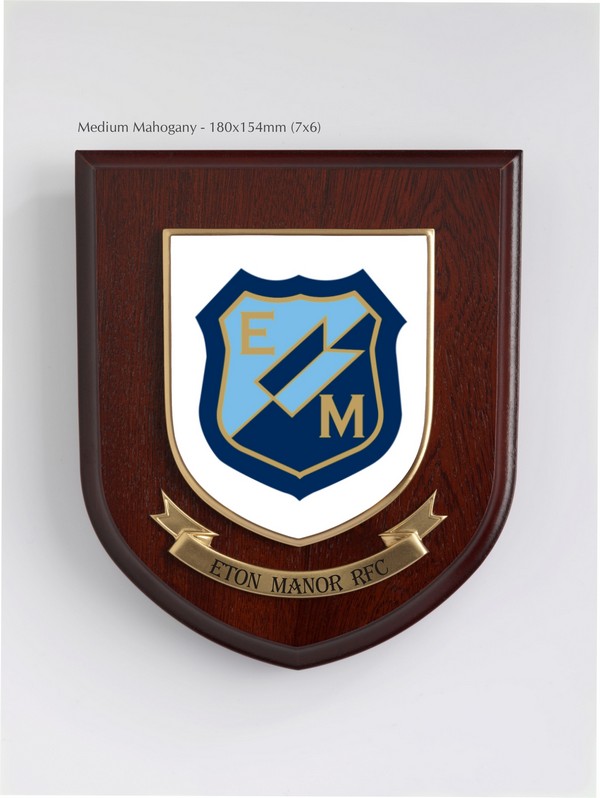
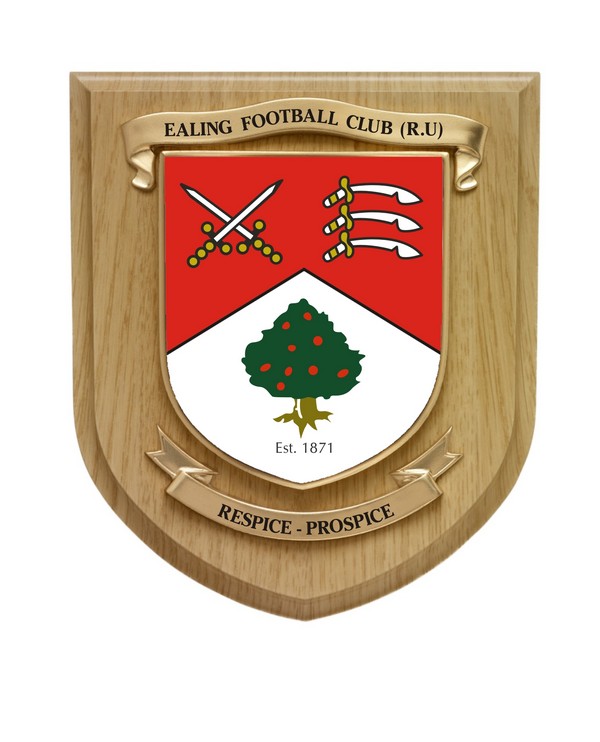

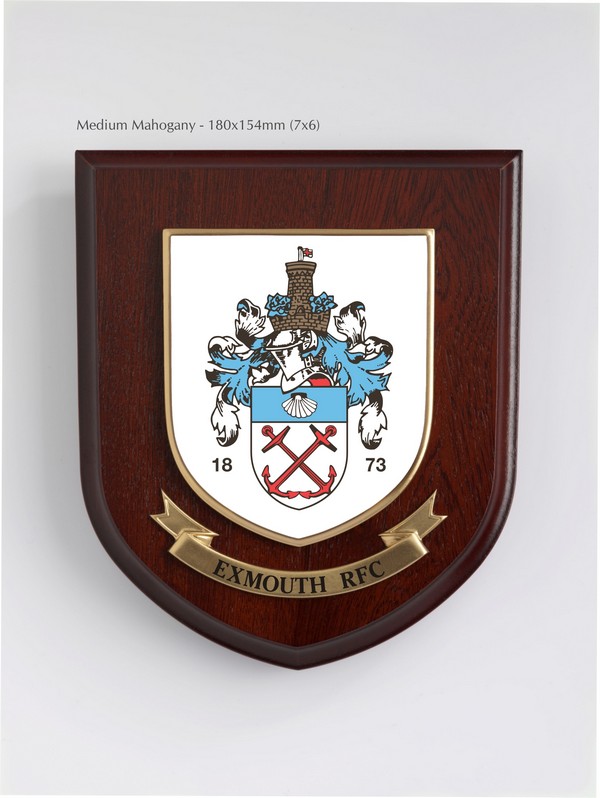
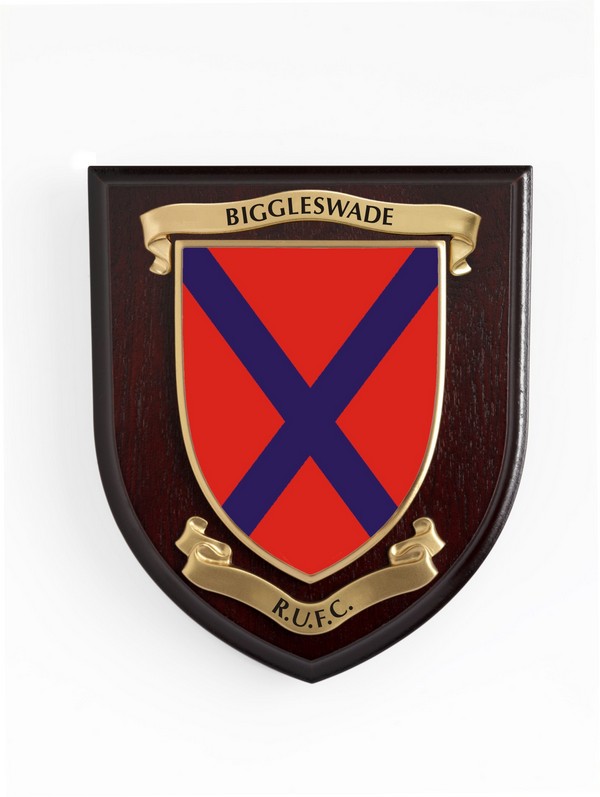 5
5